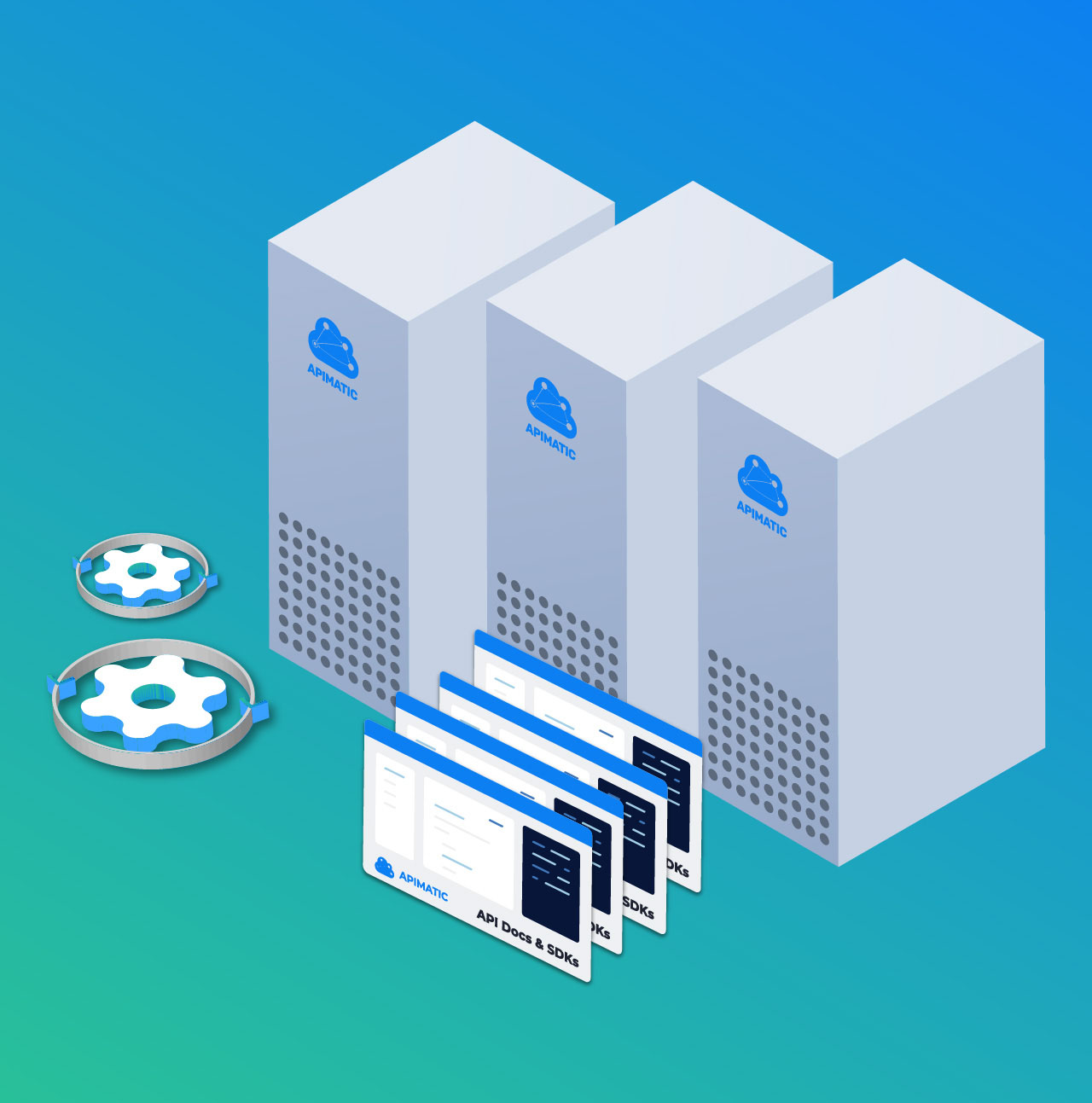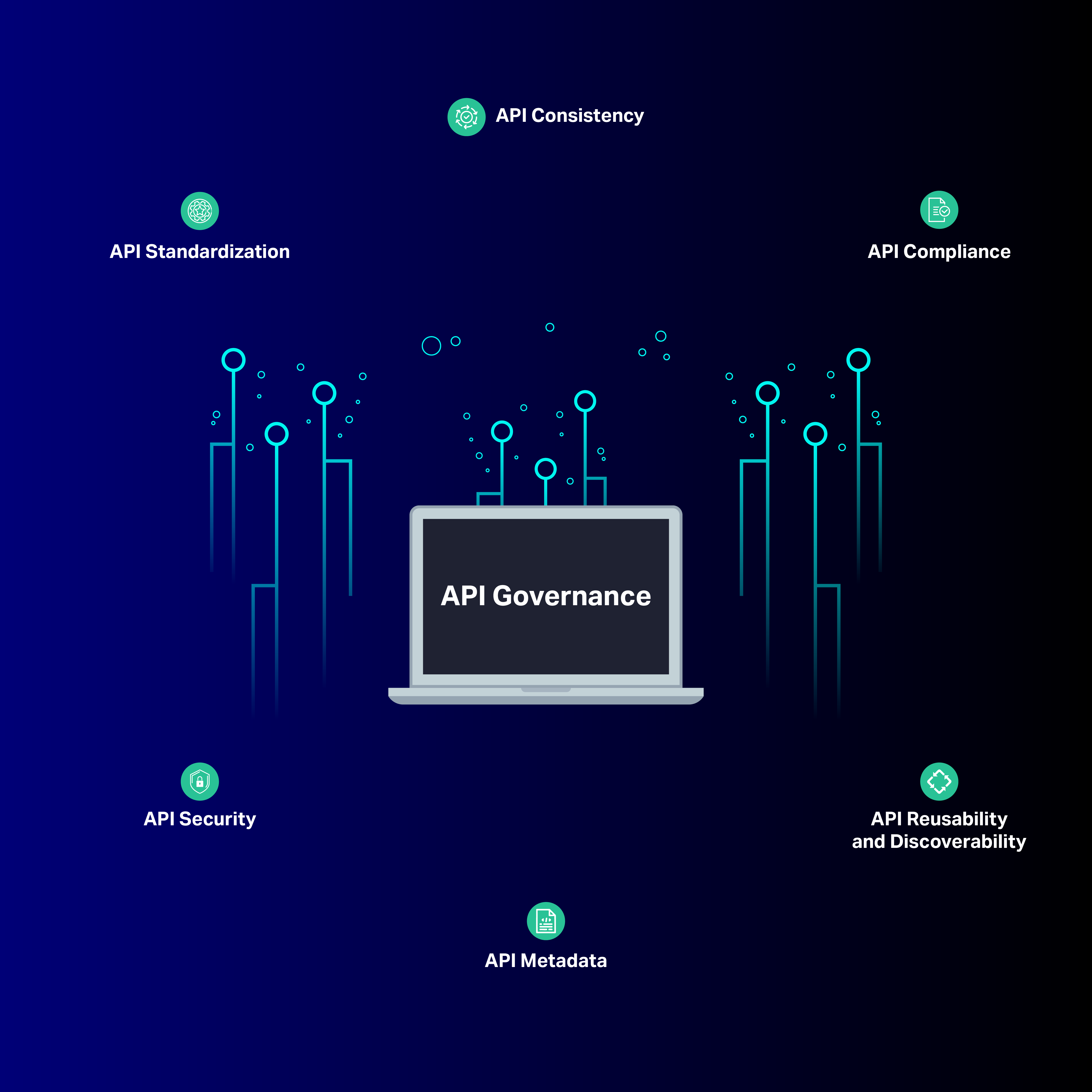A Deep Dive Into Open Banking APIs, Developer Experience, and the Real Value Behind Secure Data Sharing
We’re APIMatic.io. We generate strongly typed SDKs and complete API documentation from OpenAPI definitions. If you want to create an SDK for your REST API, check out how to generate one in under a minute. We support generating SDKs for C#, Java, PHP, TypeScript, Python, Ruby, and Go using the APIMatic Code Generator.
Setting the Stage for Open Finance
OpenFinity Days New York hosted a fireside chat where Sid Maestre (Head of Developer Relations at APIMatic) sat down with Greg Chan, CTO of Akoya, to peel back the layers of open finance. With regulators, fintech innovators, and traditional financial institutions all eyeing the future, the conversation offered a transparent look at the current state—and the rapidly approaching promise—of open banking APIs. Here’s what you need to know about the new frontier of consumer trust and technology in finance.Empowering Consumers and Securing Data
Greg Chan began by sharing Akoya’s five-year journey, centered around a clear mission: giving people better control of their financial data. Akoya’s foundational principle of customer-first security drove them to build a 100% API-based data access network, intentionally avoiding the pitfalls of screen scraping.
“Screen scraping was very much the common and traditional way of data aggregation,” Greg explained. “We really stayed away from that.”
Why does this matter? Secure, permissioned APIs put control back in consumers’ hands, letting them determine what account data is shared and with whom, while reducing risk for both financial institutions and end-users. Akoya deliberately positions itself as the infrastructure enabling this modern, secure access.
Open Finance Momentum, Use Cases, and Market Demand
So, what’s driving all the excitement around open finance right now? According to Greg, it’s the massive adoption curve and the consumer-driven push for better services. He cited recent growth, with the FDX (Financial Data Exchange) framework marking over 100 million active connections, up from just 16 million in 2021. “It’s leveling the playing field,” Greg noted. “You can now be a scrappy startup or a major bank and still innovate for consumers.”
As for compelling real-world use cases, the Akoya CTO highlighted several:
- Personal Finance Management (PFM): With AI-powered predictive insights and chatbots serving as virtual financial advisors.
- Account Linking & Funding: Streamlining KYC and ID verification for services such as digital wallets or crypto exchanges.
- Payment Initiation & Embedded Payments: Verifying balances and enabling seamless in-app payments for services like DoorDash and Uber.
- Cash-Flow Underwriting: Leveraging broader data than credit history to improve risk assessments for lending.
- Fraud Prevention: Using richer data and secure connections to fight fraud more effectively.
These use cases are exploding because, as Greg put it, “customers are the ones wanting these services.”
Secure Data Sharing APIs vs. Screen Scraping
One of the core distinctions Akoya brings is the shift from risky screen scraping to secure, permission-based API access:
- No Credentials Shared: Aggregators no longer need consumers’ online banking usernames and passwords. No Data Storage: Akoya acts as a pass-through, not retaining sensitive data. No Secondary Data Use: Unlike screen scraping, there’s no risk of your bank information being resold or reused. Granular, Token-Based Permissions: OAuth tokens mean consumers can tightly control the scope and duration of their data sharing and easily revoke access.
As Greg said, “Managing and revoking consent is powerful—whether you’re the consumer or the financial institution.”
1033 & Compliance: Making Regulatory Change an Opportunity
The introduction of the 1033 rule in the US presents both a compliance hurdle and a business opportunity for banks, facilitating open data sharing. Akoya’s approach? An all-in-one, white-label platform covering integration with legacy systems, developer portals, consent dashboards, and even third-party risk management. Akoya’s operations can handle third-party due diligence, security reviews, and ongoing support, all so banks can enter open banking quickly and safely.
Developer Experience: Lowering Barriers, Driving Adoption
A standout theme was Akoya’s commitment to developer experience. Great docs, SDKs, code samples, a robust sandbox, and self-service developer portals all make it easy for fintechs and partners to build, test, and integrate quickly. Troubleshooting tools, clear logs, and error codes mean less friction and faster go-lives.
"I think the partnership with APIMatic made a lot of sense because we're leveraging your proven expertise and coming up with the right developer content for API based products."
Greg commented on Akoya’s partnership with APIMatic to automate documentation and SDKs and code samples in multiple programming languages.
"Now what that does for Akoya is actually frees up our time so we can also build more features for customers.”
The Lasting Impact of Open Finance
Greg’s parting message: *Open banking and open finance aren’t passing trends—they’re here to stay, and they're driven by consumer demand for better, more secure financial experiences.* Akoya’s all-API, security-first approach marks a critical step forward, making it easier for financial institutions to comply, innovate, and empower users in the age of digital finance.
“Offering a great developer experience is actually one of the key differentiators because you're really lowering the barrier to entry… and empowering developers to build faster and better.”
To learn more, visit akoya.com, or reach out to their team for a deeper dive into the future of open banking.





